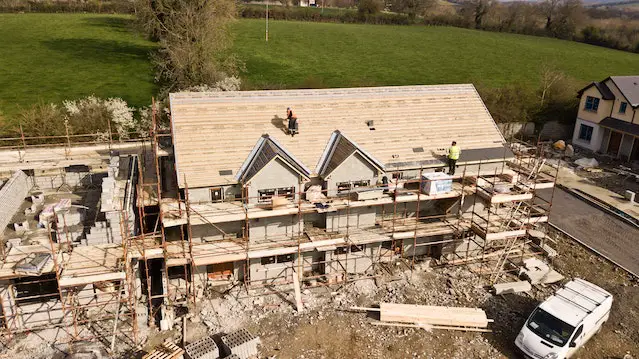Neighbour disputes and complaints are common occurrences that can cause significant stress and inconvenience for all parties involved. There are various legal terms and concepts that are relevant to these situations. I hope this neighbour disputes glossary will help you navigate and understand the commonly used terms.
From boundary disputes to noise pollution and everything in between, this neighbour disputes glossary can serve as a valuable resource for navigating the complexities of disputes and complaints in the UK.
- Abatement: The legal process of reducing or removing a nuisance or other problem that is causing harm or distress to someone.
- Adverse possession: the acquisition of title to land by possession of the land that is open, continuous, exclusive, and uninterrupted for a specified period of time.
- Anti-social behaviour: behaviour that causes or is likely to cause harassment, alarm, or distress to one or more persons not of the same household as the perpetrator.
- Boundary: a physical or legal separation between neighbouring properties.
- Boundary dispute: a disagreement between neighbouring property owners about the location or ownership of a boundary between their properties.
- Breach of covenant: a failure to comply with a legal obligation contained in a covenant.
- Common law: law that is derived from judicial decisions rather than statutes or written codes.
- Covenant: legally binding agreements between parties that typically impose obligations on one or more parties to do or not do certain things.
- Decibel (dB): a unit used to measure the intensity of sound.
- Easement: a legal right to use or access someone else’s land for a specific purpose.
- Encroachment: a situation in which one person’s property extends beyond the boundary line and onto another person’s property.
- Enfranchisement: the process by which a tenant of a leasehold property acquires the freehold of the property.
- Freehold: the ownership of a property and the land on which it is built, with no time limit on the ownership.
- Injunction: a court order that requires a person to do or not do something.
- Landlord-Tenant dispute: a disagreement between a landlord and tenant over issues such as rent payments or property maintenance.
- Leasehold: a form of property ownership that gives the leaseholder a right to occupy and use a property for a specified period of time, subject to certain conditions and restrictions.
- Mediation: a voluntary and confidential process in which an impartial third party helps disputing parties to communicate, negotiate and reach a mutually acceptable solution to their dispute.
- Noise pollution: a type of nuisance that refers to excessive noise that interferes with a neighbours use or enjoyment of their property.
- Nuisance: an unreasonable interference with the use or enjoyment of a person’s land or property.
- Party wall: a shared wall, usually between two properties, that is used by both owners.
- Planning permission: permission granted by a local authority for a development or change of use of land or property.
- Restraining order: a court order that requires one person to refrain from contacting or approaching another person, typically in cases of harassment or threats.
- Restrictive covenants: covenants that restrict the use of land or property in some way.
- Right of way: a legal right to pass over someone else’s land for a specific purpose.
- Right to light: a legal right to receive light through windows or other openings in a property.
- Service charge: a charge levied by a landlord or management company on leaseholders or tenants for the provision of services, such as maintenance or repairs.
- Subsidence: the sinking or settling of the ground, which can cause damage to buildings and other structures.
- Tenure: the legal status of a person’s ownership or occupancy of a property.
- Tort: a civil wrong that causes harm or loss to another person or their property.
- Trespass: the wrongful entry onto someone else’s land or property without permission.
- Undertaking: a legally binding promise to do or not do something.
- Unreasonable behaviour: behaviour that falls significantly below the standard expected of a reasonable person and causes or is likely to cause harassment, alarm, or distress to one or more persons not of the same household as the perpetrator.
- Vicarious liability: the legal responsibility of one person for the actions of another person, usually an employee or agent.
- Wall party agreement: an agreement between neighbouring property owners regarding the construction, repair, or maintenance of a shared wall.
In conclusion, understanding the legal terms and concepts that apply to neighbour disputes is crucial in resolving them effectively. This neighbour disputes glossary may help if you have instructed solicitors and they have used terminology that you are unsure of.
The Law Society also has a general glossary of legal terms that you may find useful.





Leave a Reply